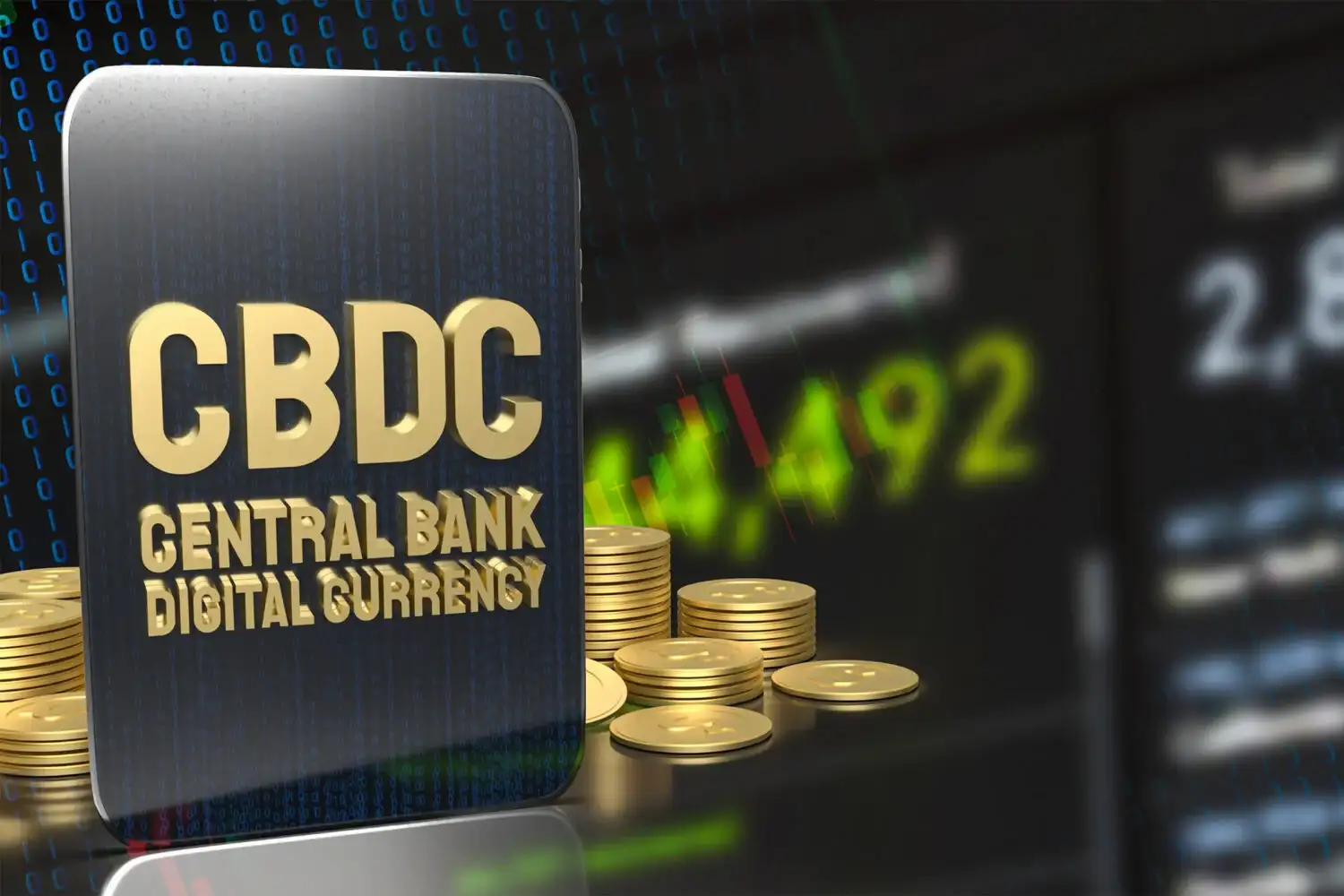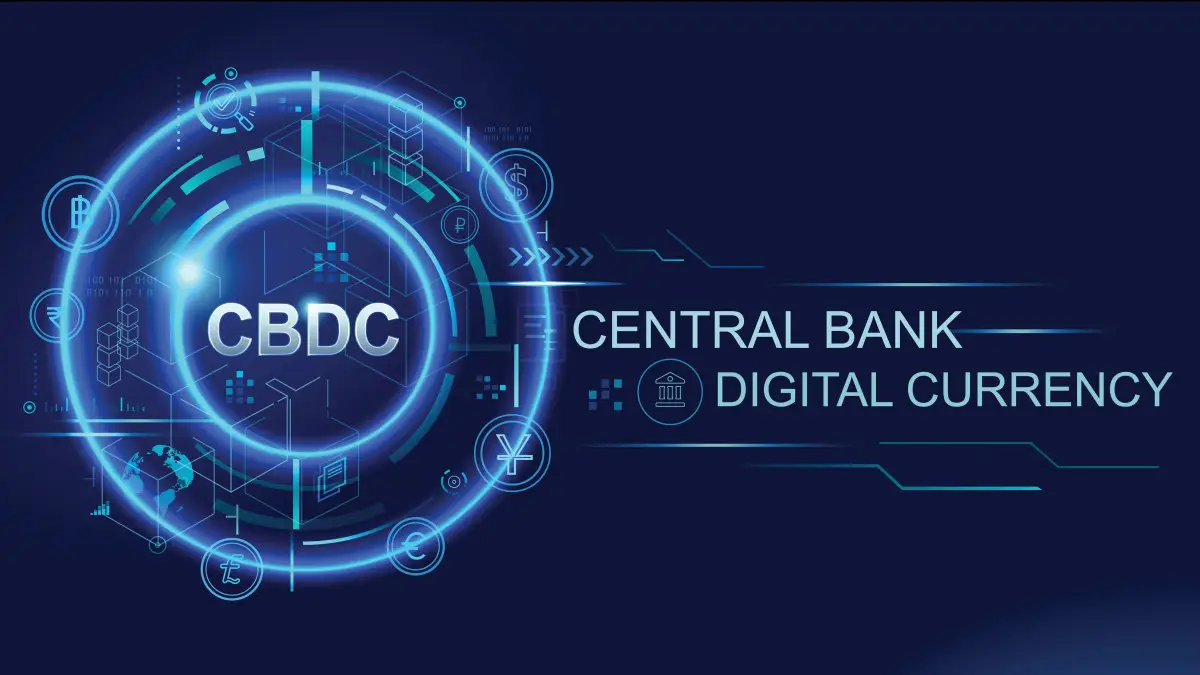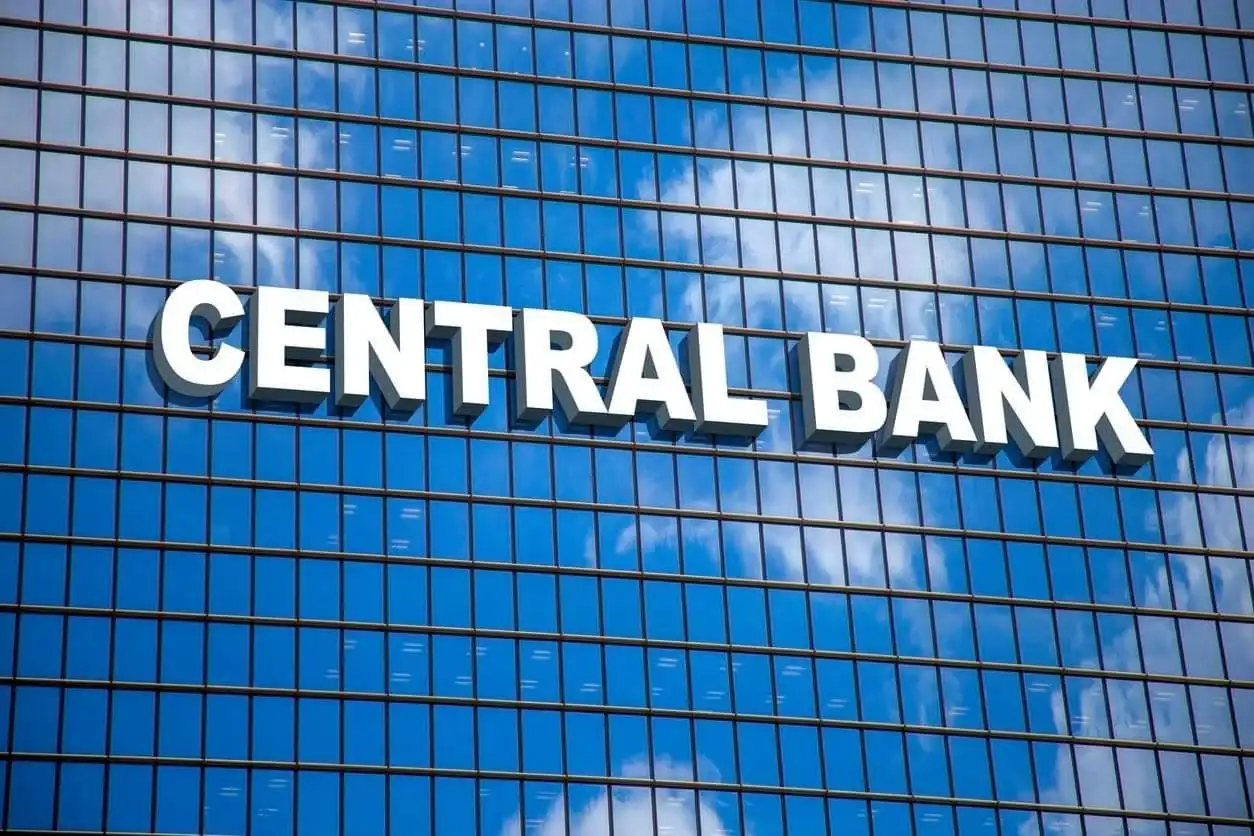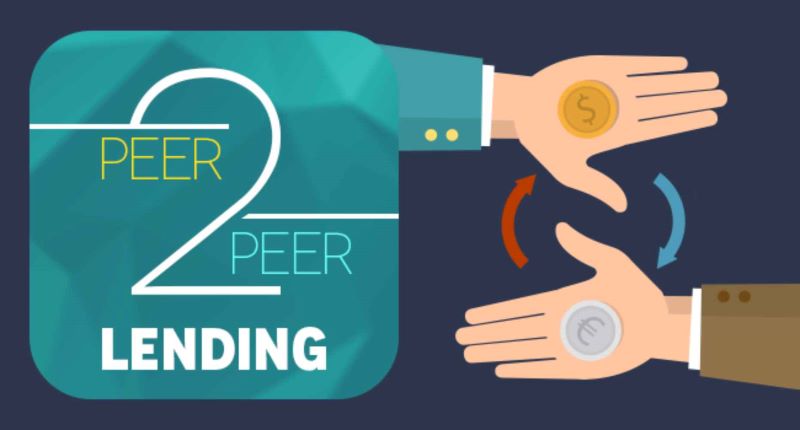Money is going digital, and it’s no small change. Around the globe, countries launching CBDC are leading a charge into new financial frontiers. This shift means big news for how we all save, spend and send cash. In this deep dive, I unpack who’s making moves, how they’re doing it, and what it means for your wallet. Get on board as we break down the digital dollar dash.
Understanding the Global CBDC Landscape
Profiles of Pioneering Countries in CBDC Development
Let’s talk about countries doing big things with digital money. They’re like brave explorers in the world of money. They’re making their own digital cash and saying bye to old paper bills. It’s like a video game, but this is real life, and it’s super cool!
We’ve got the Bahamas with its Sand Dollar. They were one of the first to make a digital currency that’s just like their real money, but you can’t touch it—it’s all online! Then there’s China with its digital Yuan. They’re really quick at making this new money work and lots of people there are starting to use it.
Sweden’s got something called the e-krona. They already don’t use much cash, so they’re testing this idea out right now. Over in the Caribbean, Eastern Caribbean Central Bank jumped in too, launching DCash for people to use.
Key Strategies for National CBDC Rollout
When a country starts to use digital money, it’s not like flipping a switch. It’s more like when you’re learning to ride a bike. You start slow, practice, and get better. So, they start with a few people and shops in a ‘pilot’ so they can learn and fix problems.
Governments have to think about rules for this new kind of money. They want to keep everyone’s money safe, make sure no one breaks the law, and then they need to get everyone to agree on how it’s going to work. That’s not easy when every country has different ideas!
To get ready for CBDCs, countries also have to make their computers really strong to fight off hackers. No one wants a thief in this new money world!
They also have to make sure the money is still worth the same and explain to people how to use it. It’s kind of like trying to teach your grandma how to use a smartphone—it takes time and patience!
And it’s important that this new money works with other countries’ money too. Like when you travel and need to swap money, we want to make it smooth with CBDCs.
Let me tell you, this is just the start. Many other countries are watching and learning. They’re seeing how it goes, and they might jump in too. We’re all on this wild ride together into the future of money. It’s like a money revolution, and it’s happening right now!
Advancements in CBDC Technology and Regulation
Balancing Privacy with Regulatory Compliance in CBDC Design
As an expert in digital money, let me share how countries keep cash safe yet private. In creating a central bank digital currency (CBDC), it’s like walking a tightrope. We have to protect people’s details but still follow the law. Smart tech plays a big part here. For example, we design systems that show who pays whom, without revealing all their secrets. This way, folks can trust that their shopping habits stay private, yet the currency can’t be used for bad deeds like money laundering.
Central banks face a tough job. They have to craft a CBDC that stops crime but respects privacy. It’s all about finding a balance. They need smart people and smart systems working together. They look at laws and rules to see what’s needed. It’s like setting up a big puzzle where each piece must fit just right. Imagine creating a new kind of money that’s safe, legal, and keeps your secrets. That’s what banks are working on now.
The Influence of Blockchain in National Digital Currency Initiatives
Now, let’s chat about blockchain and cash. It’s a big deal in the CBDC world. Blockchain is like a magic ledger that keeps track of every coin and bill that moves around, but in a digital way. This tech helps make sure no one spends the same dollar twice.
Countries are digging into blockchain because it’s tough like a vault and clear like glass. Almost all digital currency pilot programs and central bank crypto advancements depend on it. Countries kick off these programs to try out ideas before they go big. They then use what they learn to build even better systems.
Blockchain’s not just a fad, it’s changing how we think about money. Nations want to get in on this, so they launch trials with names like e-krona or digital Yuan. Each trial is a chance to learn and get better. It’s like the world’s banks are all in a race to see who can build the trustiest, most cutting-edge digital dollar.
Digital fiat projects are also making waves. Think of them like your cash but on your phone. You can tap to pay for a ride or send money to a friend with just a few swipes. These projects are popping up in places you might not expect, turning everyday phones into wallets.
Imagine living in a place where your money is smart, safe, and works like a charm across borders. That’s the goal of these CBDC folks. They want to make sure that when you pay for something, it’s quick and easy, no matter where you are. That’s why we see so much buzz about financial technology and CBDCs.
In wrapping up, the journey of cash from your pocket to digital is full of smart ideas and tough challenges. Banks around the world are racing to mix the old with the new. They’re cooking up ways to make money that’s perfect for today’s world. And as they do, they always remember the two big goals: keep it private and play by the rules.
CBDC Implementation and Monetary Policy
Economic Implications of Transitioning to Digital Currencies
Switching to digital cash is a big move. It changes how we use money. When a country introduces a digital currency, or CBDC, it’s like getting a new kind of money that lives only in the digital world. This move can shake up the whole money game, for both people and banks.
With digital currency, buying and selling stuff can become faster and cheaper. Imagine sending money to your friend or buying a snack with just a tap on your phone. That’s what a CBDC can do. And because this money is digital, it’s easier for the country’s big money keepers, called central banks, to handle.
But it’s not just about making things quick and easy. Digital cash also means we have to be really good at keeping it safe. Bad guys are always trying to hack and steal, so strong walls need to be built around our digital bucks to keep them out. This is where things like blockchain come in. It’s like a super-security system that no one can mess with.
How CBDCs are Shaping Future Monetary Policies
CBDCs are not just cool tech toys. They can change the way money rules, called monetary policy, work. The folks at the central bank can move money around in new ways to keep the economy stable.
Imagine a big seesaw where money is on one side and the country’s goods and jobs on the other. The central bank is like a clever kid who can add or take away money to keep the seesaw balanced. With a CBDC, they can do this even better, like having a superpower for the seesaw.
One thing countries look at is how easy or hard it is to get things we need or want. This is called inflation. Too much money floating around can make prices go crazy high. Not enough money, and it’s like a party with no cake. But with digital currency, the central bank can have a magic button to control how much money is in everyone’s hands.
CBDCs also make it easier for money to cross borders. When you go to another country, or need to send money to someone far away, it can be a big headache. But with digital money, it’s like having a fast plane just for cash, so it gets there without any trouble.
Rolling out a CBDC takes a lot of planning and testing. Some countries are testing things out in small pilot programs. They’re like mini science labs for digital money, checking to see if everything works just right.
Many eyes are on countries like China with its digital Yuan, and the Bahamas with its Sand Dollar. They’re some of the first to try this out. They’re like the kids who get to try the new slide at the playground first.
Nations are learning from each other, too. They share what works and what doesn’t, so they can make their CBDCs even better. It’s like a team in sports where everyone helps each other win.
Adopting a CBDC isn’t just about having cool new money. It’s about making sure the entire country can get on board. It’s like a train ride where everyone needs to be on the same train for it to leave the station. If done right, digital currency could make our money world a quicker, cooler, and safer place to live in. And that’s something worth getting excited about.
Cross-Border Payments and International CBDC Cooperation
The Role of CBDCs in Enhancing Global Payment Systems
Money moves around the world all the time. But it’s not fast or cheap. Think of sending cash to someone far away. It takes a few days and costs a lot. Now, imagine a world where money can travel as quickly as a text message does. This is where Central Bank Digital Currencies (CBDCs) come in. CBDCs can make sending money across borders much faster and less costly. They work like a digital form of cash issued by a country’s central bank. This means they are safe and backed by the government.
Collaborative Efforts in CBDC Developments and Trials
Many countries are testing CBDCs. They are running what we call digital currency pilot programs. Think of it like test driving a car. They see how the digital currency works and fix any problems before making it available to everyone. Central banks are working together on these tests. Why? To make sure these new digital monies work well with each other.
Countries are also doing something called CBDC implementation across nations. This is important for making sure that when you send money to another country, the system recognizes the digital currency. It’s like when you travel and your phone connects to a new network.
Working together, countries make the CBDC global landscape better for everyone. It’s a bit like kids from different neighborhoods playing together in one big sandbox. By sharing these digital fiat currency projects, they learn from each other. This helps build better and safer electronic money systems by country.
Central banks also have to deal with things like digital currency regulation. Regulation keeps the money safe and trustworthy. It’s like rules in a game that everyone must follow. So, when we talk about the CBDC rollout, the banks must think about these rules too.
Now, remember how I talked about pilot programs? Let’s dive a bit deeper. The Bahamas, with its digital Sand Dollar, and Sweden, with its e-krona, are two places out in front. They are already testing how these digital currencies work in real life. People are using them to buy things just like regular money. This is what we mean by sovereign digital currency launches.
In China, they have the digital Yuan roll-out. Many people in China are using it, and it’s getting bigger every day. This is a huge step in CBDC adoption trends. Why? Because China is a really big country, and if their CBDC works, it could be a game-changer for everyone else.
One key point is that CBDCs are not the same as the cryptocurrencies you might know, like Bitcoin. They are called central bank crypto advancements, but they’re different. Governments back CBDCs and they are stable in value. Cryptocurrencies can go up and down a lot in price. That’s why CBDCs are safer for things like buying your groceries.
What makes CBDCs extra special is their design. Think of CBDC design and features like customizing your own bike. Each country can add what they want to their CBDCs. They can make them user-friendly and keep them safe from hackers.
CBDCs are like a new kind of money for the digital world. They are super interesting and can change the way we all use money. Just remember, though, they’re still in the test phase. But one day, they might be as common as the cash you carry in your pocket.
In this post, we’ve uncovered the vast world of Central Bank Digital Currencies (CBDCs). We saw how pioneers are crafting digital cash, and what tactics nations use to bring CBDCs to life. Tech and rules for CBDCs are tricky but crucial, especially when it comes to keeping personal data safe. Blockchain, that tech behind Bitcoin, is changing how countries think about their own digital bucks.
We dug into how digital money could shake up our wallets and how countries think about their cash rules. CBDCs could change the game for how money moves across borders, making it swift and smooth. Countries are teaming up, testing ways to make digital dough work for everyone.
Here’s the final scoop: CBDCs are a big leap into the future of money. They’re not just new tech—they’re a whole new way to think about and use cash, at home and around the globe. As these changes come, staying in the know will be key. Keep your eyes peeled—digital dollars and cents are closer than they seem!
Q&A :
Which countries are actively developing a Central Bank Digital Currency (CBDC)?
Many countries are exploring or actively developing their own CBDC. Some of the frontrunners include China with its Digital Yuan, the Bahamas with the Sand Dollar, and Sweden’s e-krona project. Other nations actively researching or in the pilot phase of CBDC development include South Korea, Japan, and some members of the European Union. The landscape is constantly evolving as central banks assess the benefits and challenges of implementing digital currencies.
How does a CBDC differ from cryptocurrencies like Bitcoin?
A CBDC is a digital form of a country’s official currency, issued and regulated by its central bank. This means it’s backed by the government, making it far more stable than cryptocurrencies. Cryptocurrencies like Bitcoin are decentralized and operate on a blockchain technology without any state control, which can lead to higher volatility in their value. CBDCs, on the other hand, aim to digitize the existing monetary system rather than replace it.
What are the potential benefits of countries launching their own CBDC?
The potential benefits of launching a CBDC include improved financial inclusion, as they can provide access to digital money for populations without traditional banking services. They also offer the potential for lower transaction costs, faster cross-border transactions, and increased transaction transparency, which can help combat financial crimes. Additionally, CBDCs can give central banks more direct control over monetary policy implementation.
Are there any risks or challenges associated with CBDCs that countries need to consider?
Yes, there are several risks and challenges that need to be addressed when a country considers launching a CBDC. These include concerns over privacy, as digital currencies can enable governments to track financial transactions more closely. There is also the risk of cyberattacks and digital fraud. Other challenges include potential impacts on the traditional banking system, technological infrastructure requirements, and the need for international coordination to address cross-border transaction issues.
What is the current state of the US regarding CBDC development?
The United States is taking a cautious approach towards the development of a CBDC. The Federal Reserve has conducted research and released discussion papers exploring the implications of a digital dollar but has not committed to any specific course of action. Decisions on whether to proceed with a US CBDC are still under consideration, with the Federal Reserve emphasizing the need for comprehensive analysis and engagement with various stakeholders before moving forward.






